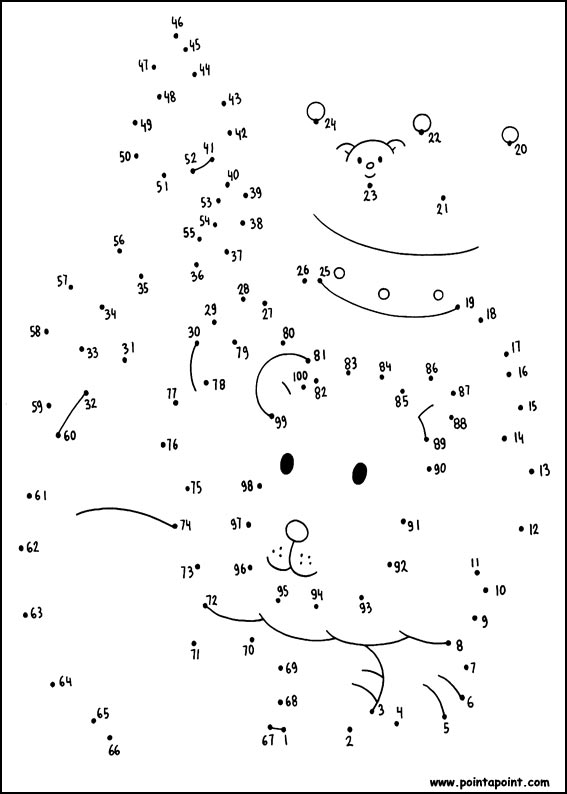
pylori infections and evaluated the contributions of household H. To explore whether diarrhea or vomiting contributes to disease transmission, we monitored northern Californian households experiencing gastroenteritis for new H. pylori–infected cases of gastroenteritis. pylori is transmitted person to person, one might expect rates of new infection to be elevated after exposure to persons with H. Household transmission of gastroenteritis is common in the United States, particularly in homes with small children ( 14). These findings raise the hypothesis that gastroenteritis episodes provide the opportunity for H. The organism has been recovered most reliably from vomitus and from stools during rapid gastrointestinal transit ( 13). Like many common gastrointestinal infections, infection is associated with conditions of crowding and poor hygiene ( 7, 8) and with intrafamilial clustering ( 9 – 12). Person-to-person transmission is most commonly implicated with fecal/oral, oral/oral, or gastric/oral pathways ( 6) each has supportive biologic as well as epidemiologic evidence. pylori transmission are incompletely characterized. In industrialized countries, infection rates are declining rapidly ( 1, 3), but high rates of infection persist among disadvantaged and immigrant populations ( 4, 5). Because acute infection invariably passes undetected, however, the precise age of acquisition is unknown.


Helicobacter pylori infects at least 50% of the world's population.


 0 kommentar(er)
0 kommentar(er)
